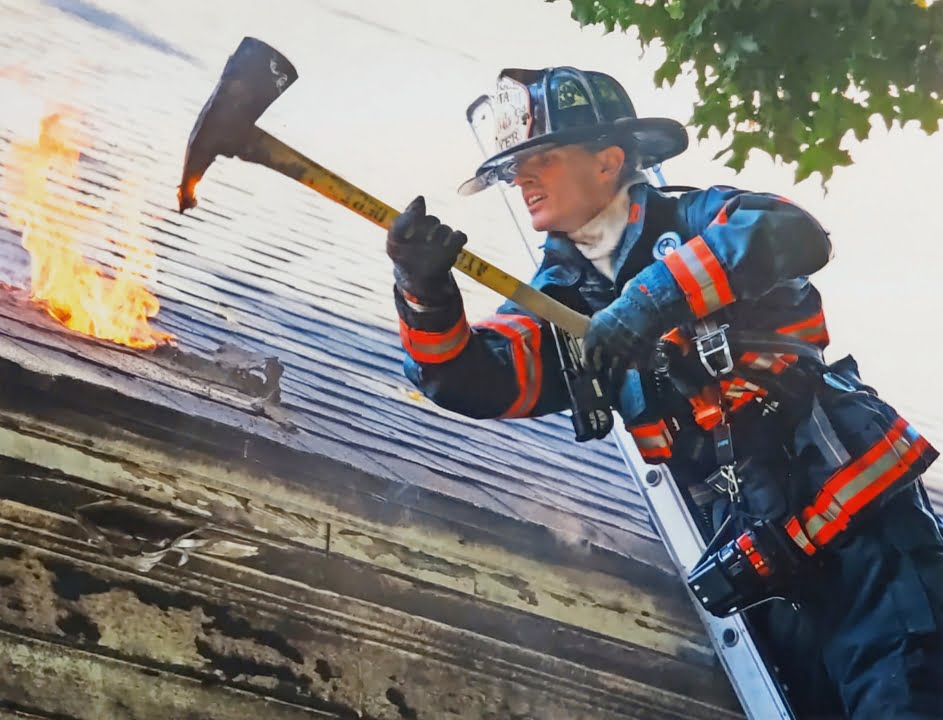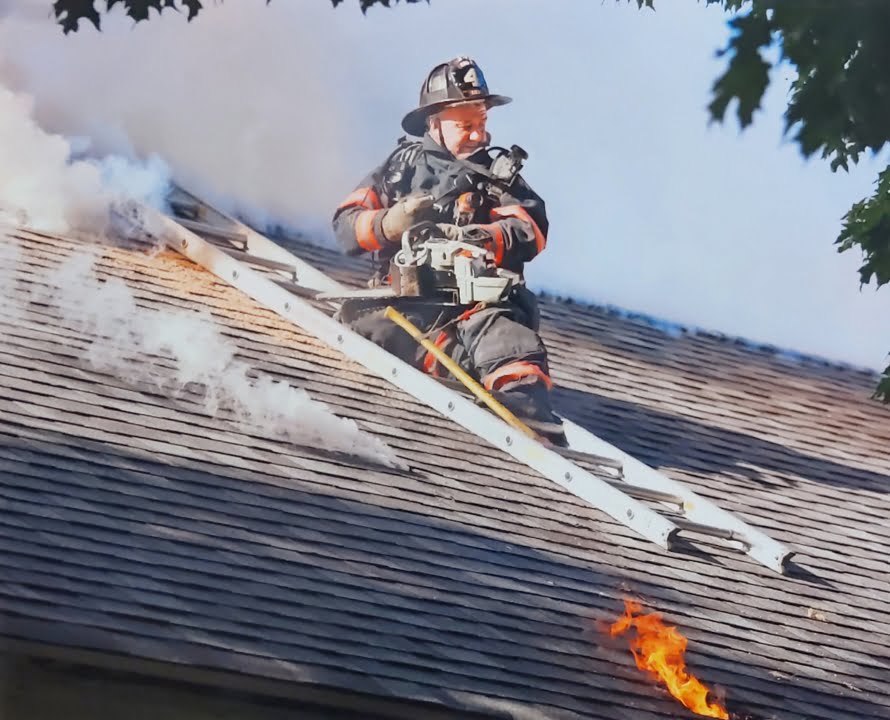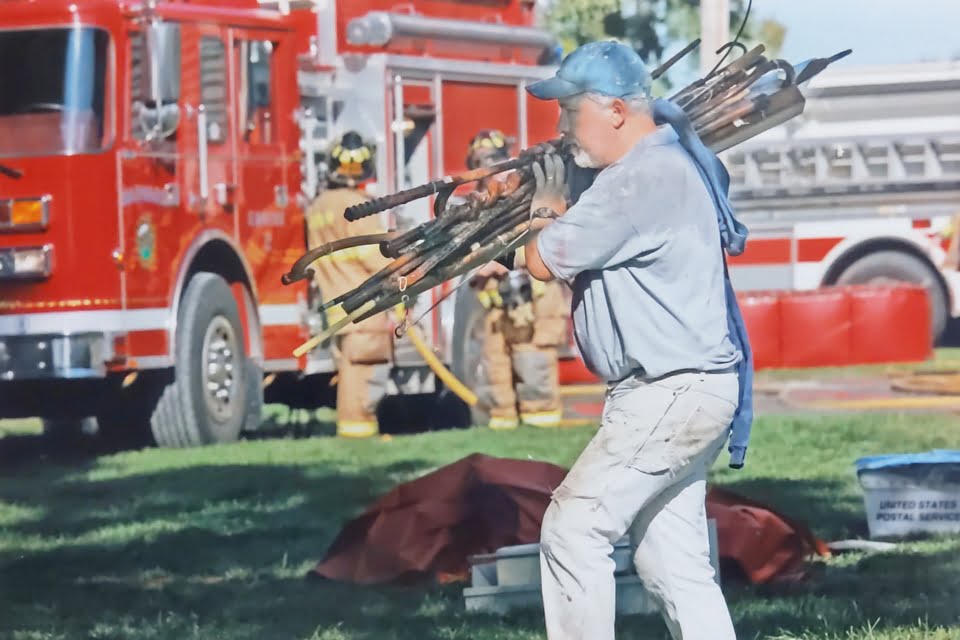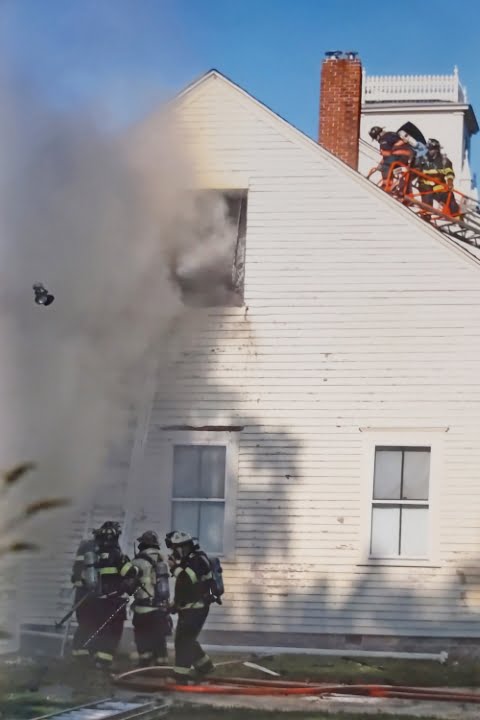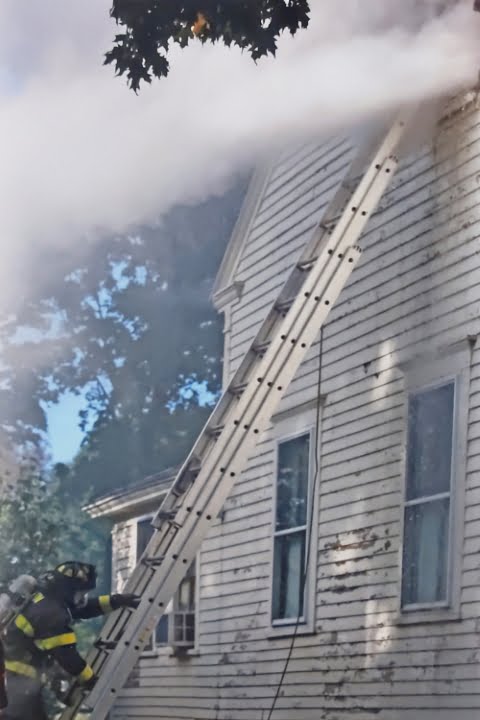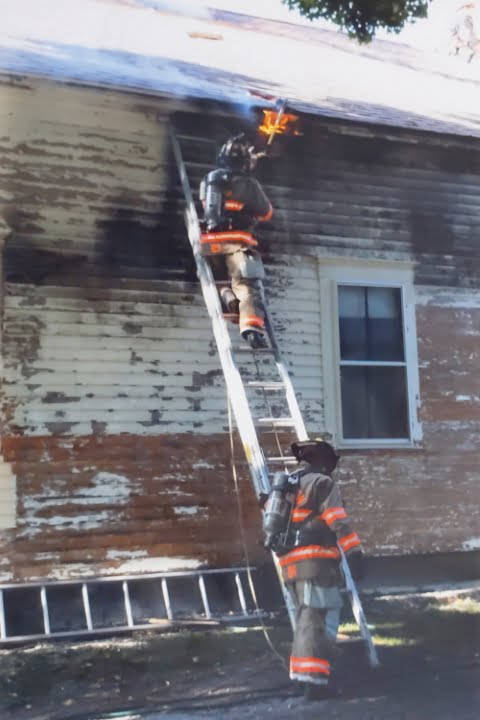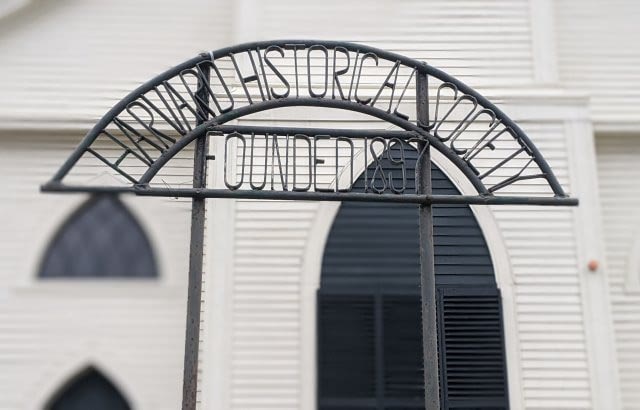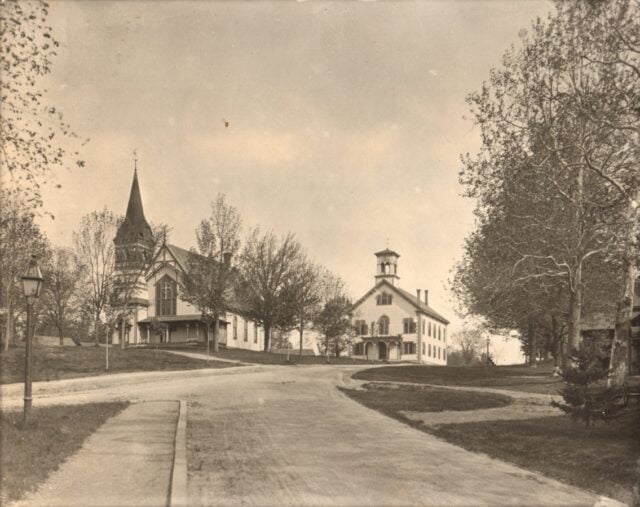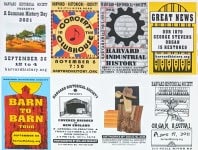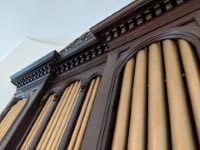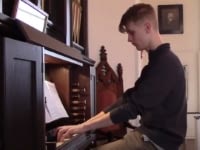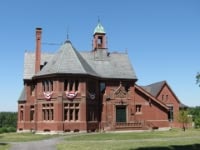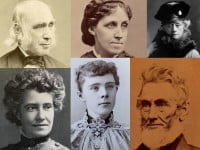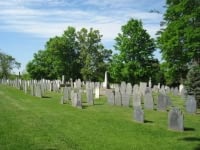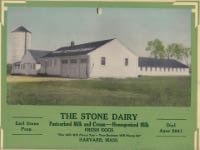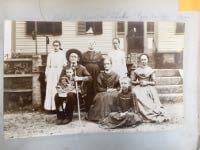Fire at the Meeting House
The adage has it that every cloud has a silver lining. Last September, as we watched the clouds of smoke curl up from the attic of Sturdy Hall, it was hard to be hopeful about the future of the Harvard Historical Society. But thanks to the Harvard firefighters, and those of surrounding towns; fair and timely insurance settlements; competent and committed local contractors, a totally devoted board of directors and past board members; and countless community volunteers, there has, indeed, been a silver lining. Not only is the building restored; it is greatly improved in a number of ways. Further, the removal of every piece of furniture and every single artifact from the building has allowed us to assess and reorganize the collection and to store and display it in exciting new ways.
The September 2008 fire, which was confined to the attic of Sturdy Hall, caused some structural damage but mostly water damage. The ceilings in all three rooms needed to be replaced or restored; in the meetinghouse itself, the damaged area could not be patched, and the entire ceiling needed to be re-plastered, a job that required steel staging throughout the space. The removal of the chandeliers gave us a chance to rid them of dust and make them considerably brighter. The walls and ceilings were repainted; the ceiling of the meetinghouse returned to a cream color. We installed two fans to help keep heat from being lost to the upper reaches. New track lighting, as well as a fan, was installed in Sturdy Hall and also in the back room, the original chapel. In addition to new lighting, we have new heat. After years of battling to keep an old furnace going, and often identifying with those early Baptists who had no heat in the building, we were not sorry to replace it with a modern, efficient burner.
The greatest changes have come in the easternmost room. Until 1993 this space was the storehouse for all of the paper archives, as well as furniture and artifacts. Bursting at the seams, the Society purchased two buildings at the rear of the meetinghouse, one a garage and one a summer cottage. The garage was transformed into the Curator’s Quarters, with the archives in the back and office/meeting space in the front. Still, the back of the meetinghouse was overcrowded with the collection. It was probably at this time that an alcove was carved into the room, allowing for some display space. Beyond the alcove’s walls were shelves on one side and small pieces of furniture and other objects piled floor to ceiling.
During the fire, in a feat that seems increasingly incredible, every piece of the collection was removed from this room and carried to the far south side of the property. (It was only much later that anyone could be amused to think some passersby thought there was a giant yard sale going on!) Many of these items were packed in moving boxes by volunteers and the boxes and furniture were stored in three trailers on the property. Once the space was completely empty and we saw how beautiful and bright it is, we made the decision to keep it open and not re-fill it with storage shelves. In recent years the Society has been moving more in the direction of being a town museum, rather than a depository of artifacts. This decision was in the interest of that philosophy.
On a bitterly cold day in mid-January, board member Theodore Maxant decreed it was time to get the trailers emptied and moved out before they got mired in mud and remained on the property indefinitely. He plowed a path from the trailers to the meetinghouse, and a crew of volunteers moved the collection, where, once unpacked, it filled almost every inch of floor space and many of the pews.
It was clear we had a problem. Having committed the back room to display, we now had to find new space to store all the items “left over.” Board member Denis Wagner came up with the ingenious idea to use the old choir loft space for new storage shelving. Over the next weeks Denis orchestrated the verification of every object through its description in the computer and determined a new location for the object. The work continues, with Denis directing various board members and other volunteers, and slowly but surely the number of items dwindles as objects find new homes. We are fortunate to have such a dedicated and hard-working board and to be assisted by past board members and other volunteers.
The real silver lining is that we now have the opportunity to share the wonderful past that the Society has been preserving. We can’t wait for people to see the amazing collection of tin, the old tooth extractor, the asparagus cutter, the lamb weaner, the pencils manufactured in town, Mrs. Scorgie’s pen, Othello’s tray – and on and on! With much of the collection now on display, our goal to educate Harvard about the history of Harvard can be realized. A re-opening celebration is planned for Sunday, June 14.
by Carlene Phillips, printed in the Harvard Press
Copyright Harvard Press, LLC, 1 Still River Road, PO Box 1, Harvard, MA 01451, 2025.
This work is licensed under a Creative Commons Attribution-NonCommercial-NoDerivatives 4.0 International License
More related to the HHS Meeting House...

